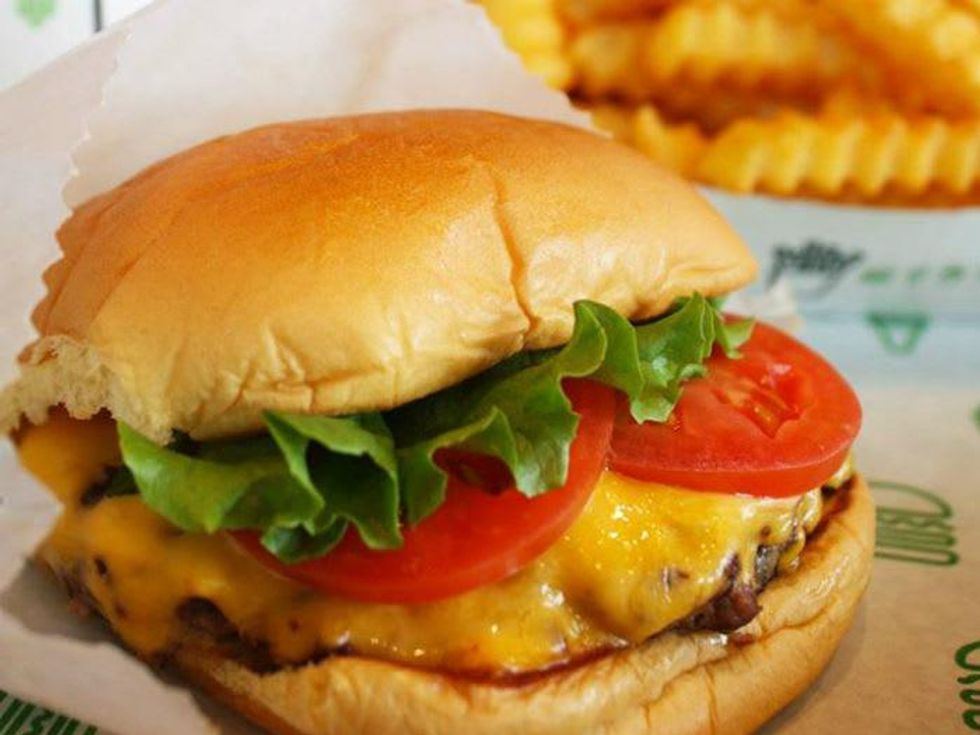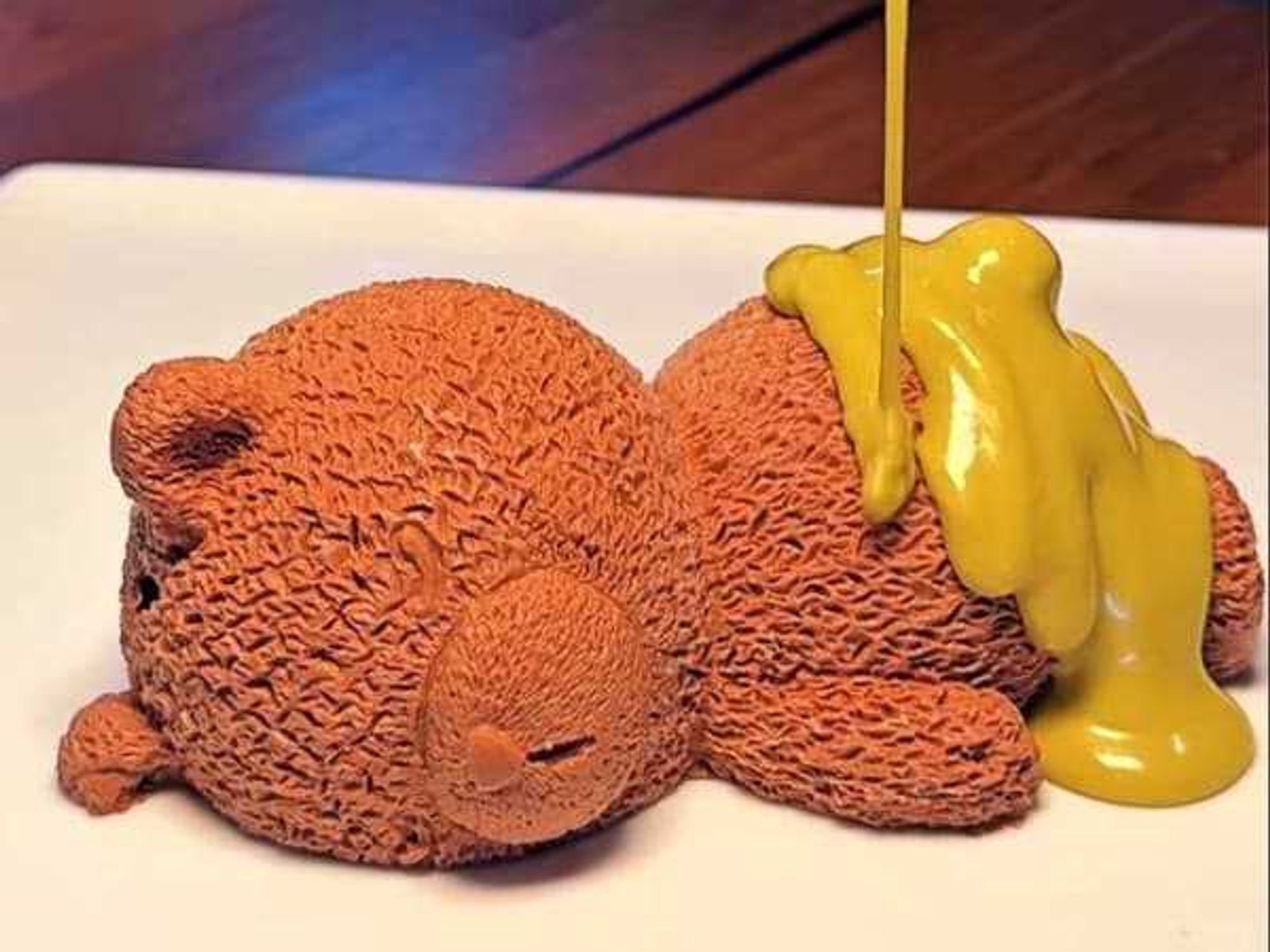Shake Shack Intel
Shake Shack duo spills secrets to success of Texas' hottest new burger joint
Earlier this month, Austin welcomed the first Shake Shack in Texas. Now a decade in, restaurateur Danny Meyer's Madison Square Park burger and hot dog stand has become a thing of legend, amassing lengthy lines and massive fan bases around the world.
Meyer and Shake Shack CEO Randy Garutti journeyed to Austin to attend the opening party for the newest location. After flying in early "to do some eating," they settled into a restaurant booth to discuss the Shake Shack idea and their keys to smart expansion with CultureMap.
CultureMap: When you started the first Shake Shack, did you have any idea that the idea was ripe for expansion, or was that organic?
Danny Meyer: Completely organic. The idea was to do something nice for a park that we were committed to building. We wanted to find a way to bring people to the park morning, noon and night. Having raised the money to restore the park, we wanted to give people a reason to use it so it wouldn't decline again over time.
Our original hot dog cart was part of an art program. It did so well that we opened a 20-by-20-foot kiosk as Shake Shack, and that went well enough that four years later, Randy said, "We should do a second one!"
Randy Garutti: We actually originally had to cook the hot dogs in the private dining room at Eleven Madison Park!
CM: You've managed some of the best restaurants in the country. How do you translate the idea of good service from the fine dining world to a very casual one?
DM: In our 30 years as a company, what never changes is our belief in enlightened hospitality. We take care of our team, our guests and our community. We also watch out for our suppliers and our investors.
That part is exactly the same whether you are selling a $5 burger or a $100 prix fixe menu. We just apply that thinking and leadership to the burger business. I think that is what differentiates our experience here.
RG: We sell a great burger — for $5 — with great hospitality and beautiful design. Most burger joints don't look like this. When you put it all together, it resonates with people.
DM: We want to score 100 on our test, and 51 of those points are hospitality. From fine dining to barbecue, the service is always different everywhere, because that's the "how do we technically deliver the product."
You'd be laughed out of New York if you did casual service at The Modern, or fine dining service at Shake Shack. We make the service appropriate to the concept, but the hospitality always remain the same.
CM: You've found some partners and suppliers in Austin. Kreuz Market is providing sausage for a special burger, and Uchi is collaborating on a dessert. You also have quite a few local drinks on the menu. How do you decide who to engage with locally?
RG: Working with Uchi is great. They are doing a concrete [frozen custard] for us with miso hazelnut blondie and huckleberry jam. We're working with Kiskadee Chocolates too. Our culinary director, Mark Rosati, is really the tastemaker for Shake Shack.
DM: I'd say that's the Shake Shack difference. When we're in a new city, we eat. And we come from fine dining, so we have a lot of relationships, not just with famous chefs, but with local restaurants and barbecue guys. We've spent time with a great many pitmasters in this area. That's part of our DNA. The fun part is applying that knowledge in a setting where people might not expect it.
One reason it took five years to open our second location was that we worried that it wouldn't feel as special. After a while, we realized there wasn't an unbreakable rule that locations couldn't be a little different and feel more local. But it has to be genuine. You can't just read a guide and go buy the products. You need real relationships in place.
RG: The general manager at Uchi actually used to be the general manager at Gramercy Tavern, which was one of the origins of that partnership.
CM: Building on that idea, when you live 1,500 miles from the restaurant you own, is it tough to maintain consistency and quality?
DM: It's not. Our Austin general manager, Carlos, was my intern years ago. Since then, he's worked at five different Shake Shacks over several years. Our assistant general manager, Valeria, used to work at Gramercy Tavern, and her husband is now at Uchi. Our area director who oversees Texas started with us in New York.
This took a while to put together, because we wanted a homegrown and local team who wanted to live and work in Austin. So this management team is as good as anyone in our company. And they're more important than the two of us walking in to check on things.
CM: You're working on a new bar project, Porchlight, in New York, and have plans for another bar. Are these ideas also something that could become bigger, national concepts? That hasn't been done much.
DM: The bar Fadó did do that a while ago. Right now, we have one Porchlight. We have so much fun taking one concept — again, enlightened hospitality — and making it work at a barbecue restaurant or a jazz club or a bar.
You could look at our ideas over the years and claim we're all over the place, but we're not. Human beings crave getting a hug wherever they go.
CM: Restaurant professionals are often savvy about underrated wines and regions. What are you drinking or ordering for spring and summer drinking?
RG: Our Shack White and Shack Red. A long time ago, we cold-called Frog's Leap in Napa and we created these two wines with them, which we sell for $7.50 and $8.50 a glass. We're serving organic, biodynamic Napa Valley grapes at that price. That's what I'm drinking often. We also have some Texas wine on the Austin menu.
DM: I'm just drinking rosé from different regions. It got a bad rap in this country years ago due to the over planting of Zinfandel and the resulting poor quality "white Zinfandel." That probably set rosé back 15 years. But there's so much good rosé from California and around the world now.


